Fujifilm has outdone itself with the new X-H2s, in this review we discover all the secrets of this new camera body that evolves what had been the concept of the X-H1 and takes it to the highest levels
After testing it in Milan a few months ago we got to test it calmly on different occasions and scenarios for this review, the Fujifilm X-H2s. We certainly confirm all the first impressions we had that day. At our disposal for this test Fujifilm XF 16mm f/1.4 R WR, Fujifilm XF 33mm f/1.4 R LM WR, Fujifilm XF 35mm f/1.4 R, Fujifilm XF 90mm f/2 R LM WR.
Technical characteristics | Fujifilm X-H2s review
The Fujifilm X-H2S is a 26.1 megapixels APS-C (1.5x) sensor mirrorless camera manufactured since 2022. The sensitivity range, including range, is 80 – 51200 ISO and it can shoot bursts of 40 FPS x 175 RAW, 184 JPEG. The detailed specifications are as follows:
- Sensor Format: APS-C, 23.5 x 15.6 mm
- Resolution: 26.1 Mpx
- ISO sensitivity: 160-12800 (80-51200 including extension)
- File formats: Raw, JPG
- Shutter speeds: 30″- 1/32000 (15min max time in S/M)
- Exposure Compensation: +/- 5 stops, 1/ stop steps
- Exposure Mode: M, S, A, P
- Metering types: Multi-Area, Semi-Spot, Spot
- Mount: Fujifilm X
- Stabilization: Yes, 5 axes, compensation declared 7 stops
- Autofocus (n. aree AF): Intelligent Hybrid AF
- Live View: Si
- Dustproof: Yes
- Video mode: 6k @ 30fps
- WiFi: Yes, plus bluetooh
- GPS: No
- USB: Si, Type-C 3.2, in aggiunta HDMI type A
- Touchscreen: Si
- Display: 3″, articulated 1.62 million dots
- Viewfinder: Electronic, 100% coverage, 5.76 million dots, 0.80x
- Built-in Flash: No
- Memory: SSD, SDHC, SDXC (UHS-II) and CFExpress Type B on slot 2 (Dual slot)
- Shutter: Mechanical and Electronic
- Batteria: Li-Ion. Fujifilm NP-W235
Machine body | Fujifilm X-H2s review
In the hand the X-H2s looks like a true flagship. You immediately notice the great care in every detail and the attention paid to the positioning of buttons and dials. Do not miss the display on the shoulder, now a rarity in the mirrorless world, and the possibility of installing the Vertical Grip. The only flaw? The position of the focus point selector which, for our way of shooting, turned out to be in an unusual position. Nothing serious, just get the hang of it. Everything else is just perfect, exactly where you want it to be and, icing on the cake, extremely customizable. These precautions make the experience of using Fujifilm X-H2s excellent.
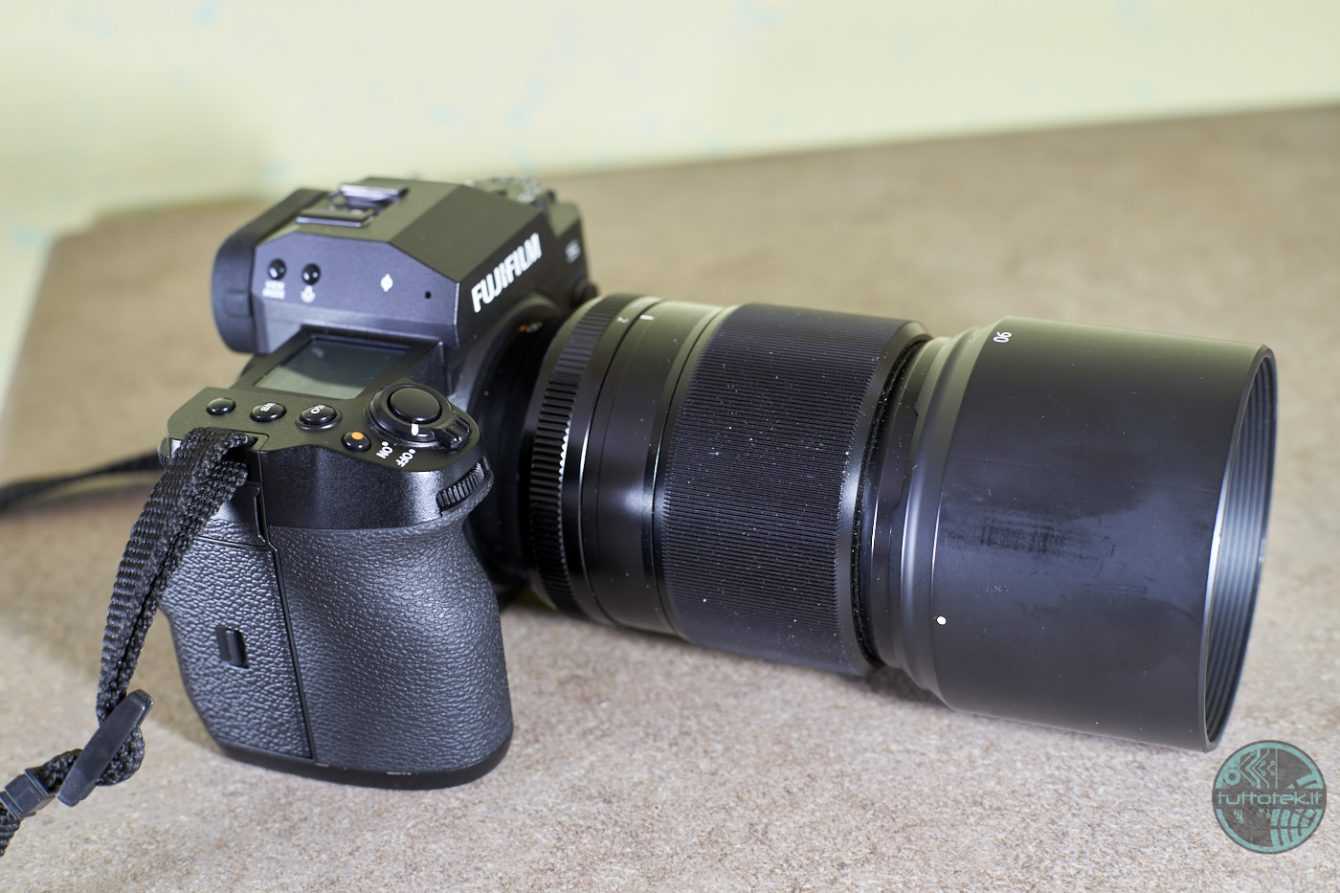
The car, thoroughbred sportswoman as we saw on the track at the presentation, it is extremely reactive as well as ergonomic. The card slots are also very clever, one of which can accommodate new ones CFExpress Type B, and those for the doors: they open and stay open without putting pressure on any accessories. The heat dissipation is well managed which, in hotter situations, can also take advantage of the additional fan which does not affect the tropicalization of the body. The display, very defined, is of the articulated type: comfortable in every situation and able to provide the possibility of making any type of shot without effort.
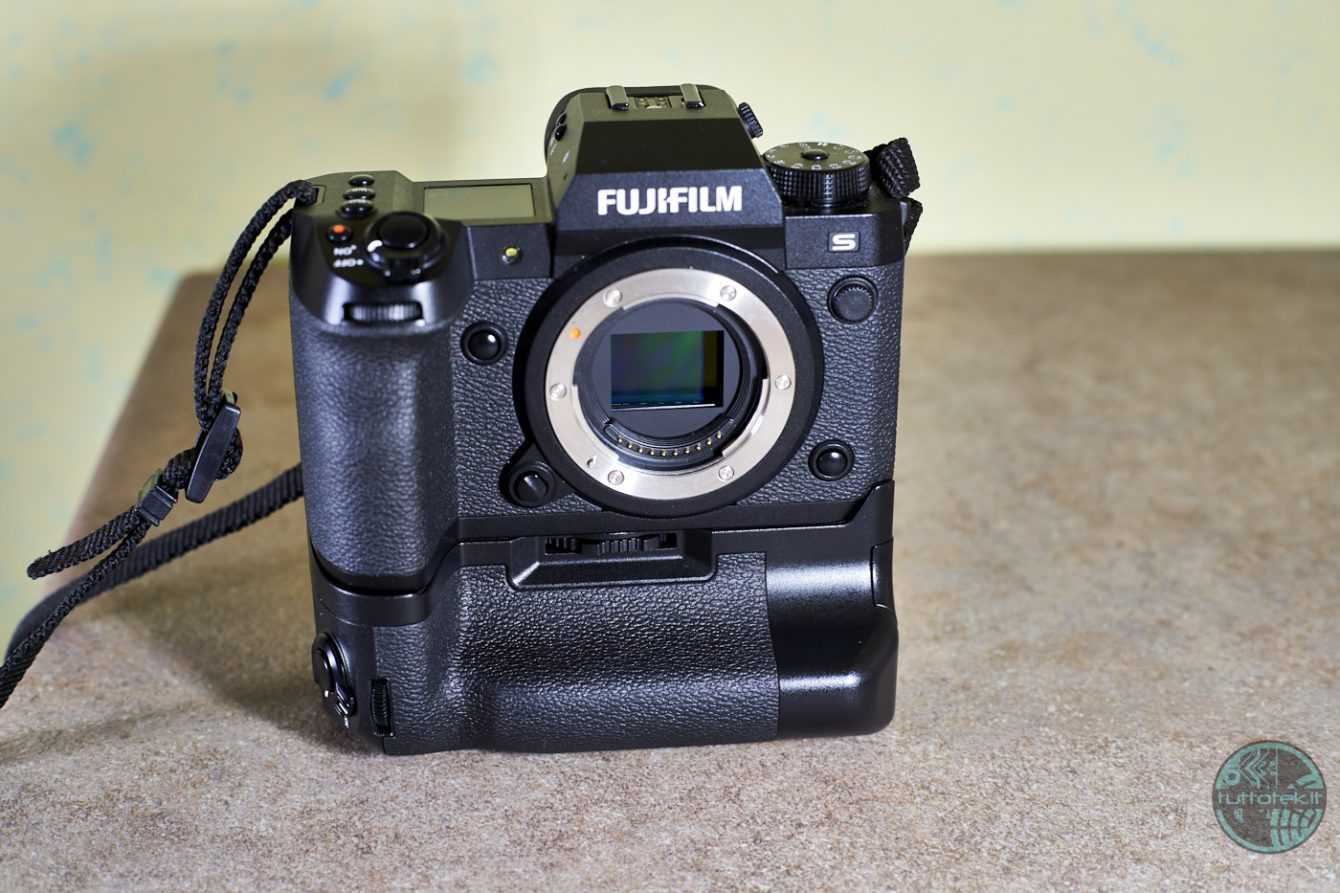
The viewfinder is also excellent, very resolute and reactive, it does not make you regret the reflex viewfinders of the flagships. With the Vertical Grip the body is perfectly balanced with any lens you can ever think of using: a rarity in the mirrorless world, which knows no rivals. In light of all this, we can say without a doubt that this X-H2s has the better body for long time use of the current mirrorless scene.
Stabilizer, Focus, Burst and Shutter System | Fujifilm X-H2s review
The processor is present on the X-H2s X-Processor 5, which guarantees greater performance with more complex algorithms implemented for a more advanced autofocus, many fps in photos, better stabilization and high video resolutions that make the most of the sensor resolution. We already knew very well the qualities in sports photography and the great ability of the camera to focus on anything. We sifted through the menus and noticed how the amount of settings available takes into account various scenarios of using the focus and, consequently, allows the body to always work in the best possible conditions with the most diverse subjects. There burst of 40fps it’s something that always leaves you speechless.
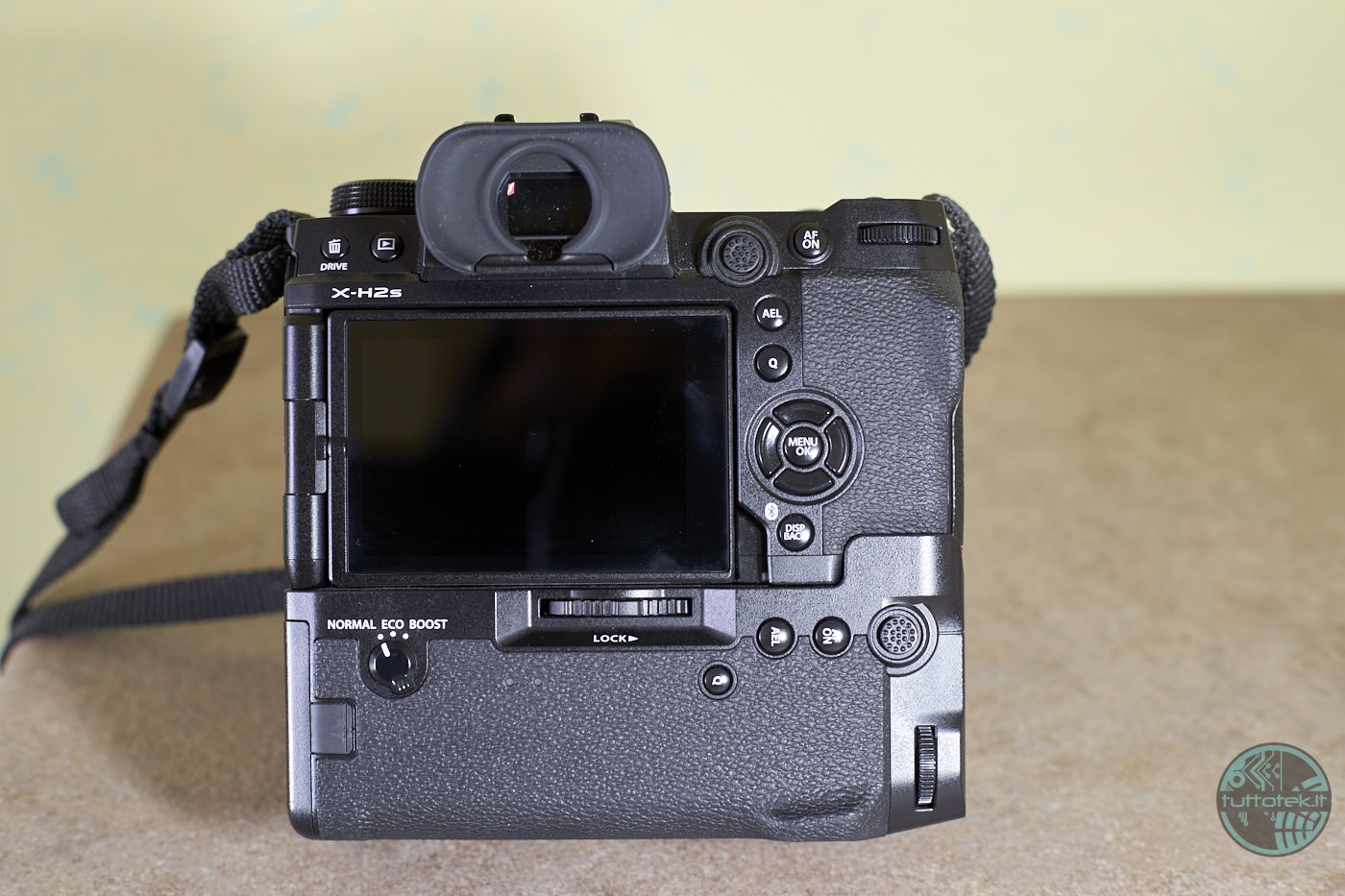
Even in (apparently) less dynamic contexts it can prove to be a very useful weapon. For example in landscape photography with moving elements, such as a stream, the sea, a river etc, having such a rapid burst available allows you to wait for the right moment and then be sure to seize the best moment calmly in clear room. Obviously such a body must be tamed; it’s too easy to exaggerate, but having these possibilities is really an extra weapon.
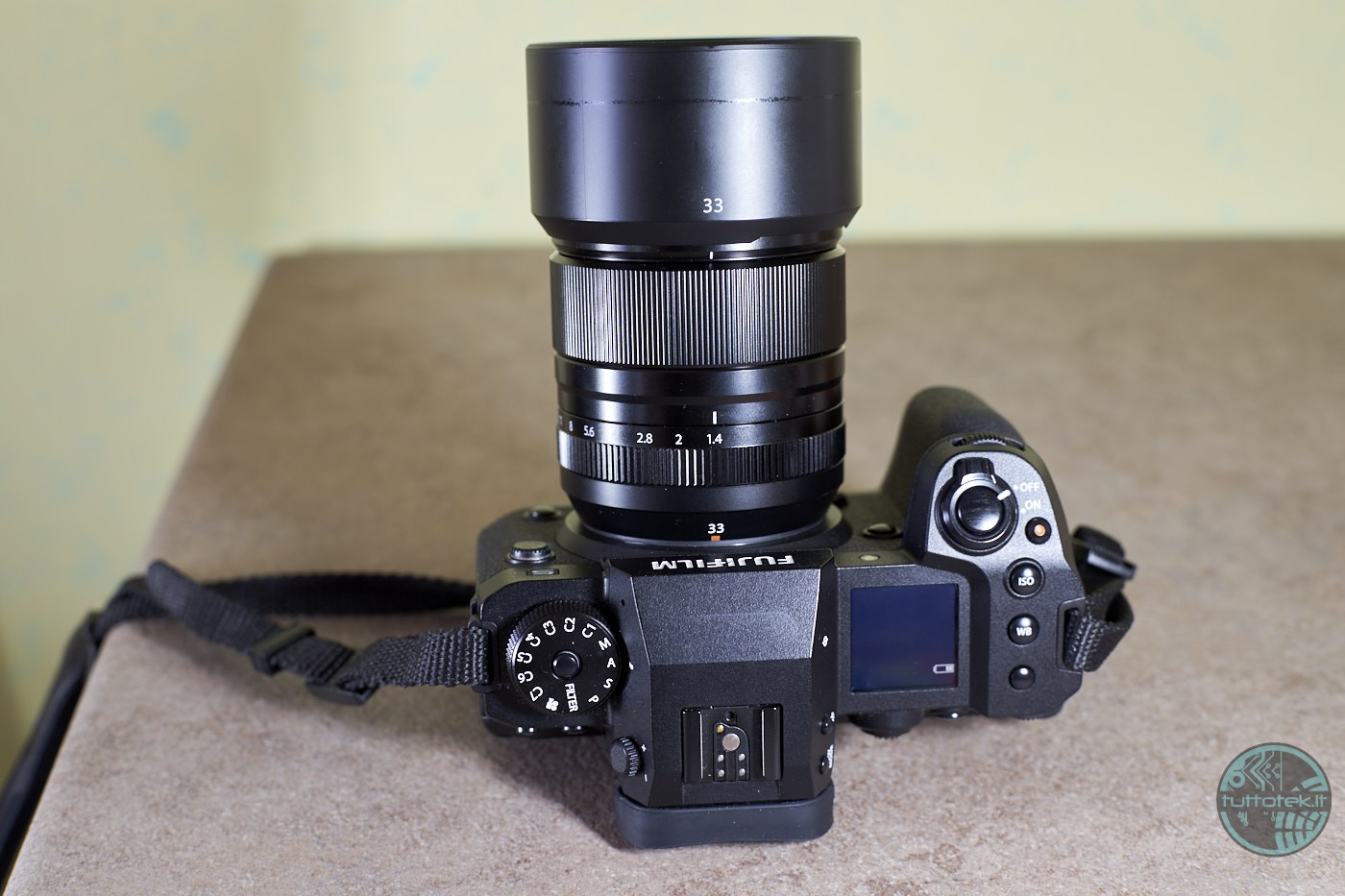
All this is combined with an excellent stabilizer that manages to overcome any anxiety related to camera shake, so you can also shoot with relatively slow times, freehand, trying to follow a moving subject without being afraid of having photos to throw away. Our first impressions are for this reason totally confirmed: the performance of the body is flagship. Battery life is also excellent with the battery grip and therefore with 3 batteries installed, with which it is practically impossible to be able to discharge the camera during a normal photographic session, however long, demanding and in adverse conditions. This makes the X-H2s a great companion even for professionals who can practically forget about carrying around multiple spare batteries.
Video Features | Fujifilm X-H2s review
As we anticipated in the preview, we have different video formats available:
- 6.2K(3:2)]6240 x 4160 29.97p/25p/24p/23.98p 720Mbps/360Mbps/200Mbps/100Mbps/50Mbps
- [DCI4K(17:9)] 4096 x 2160 59.94p/50p/29.97p/25p/24p/23.98p 720Mbps/360Mbps/200Mbps/100Mbps/50Mbps
- [4K(16:9)] 3840 x 2160 59.94p/50p/29.97p/25p/24p/23.98p 720Mbps/360Mbps/200Mbps/100Mbps/50Mbps
- [Full HD(17:9)] 2048 x 1080 59.94p/50p/29.97p/25p/24p/23.98p 720Mbps/360Mbps/200Mbps/100Mbps/50Mbps
- [Full HD(16:9)] 1920 x 1080 59.94p/50p/29.97p/25p/24p/23.98p 720Mbps/360Mbps/200Mbps/100Mbps/50Mbps
- [DCI4K(17:9) High speed rec.] 4096 x 2160 120p/100p 720Mbps(recording)/360Mbps(recording)/200Mbps(recording)
- [4K(16:9) High speed rec.] 3840 x 2160 120p/100p 720Mbps(recording)/360Mbps(recording)/200Mbps(recording)
- [Full HD(17:9) High speed rec.] 2048 x 1080 240p/200p/120p/100p 720Mbps(recording)/360Mbps(recording)/200Mbps(recording)
- [Full HD(16:9) High speed rec.] 1920 x 1080 240p/200p/120p/100p 720Mbps(recording)/360Mbps(recording)/200Mbps(recording)
We have available, as containers, Apple ProRes 422 HQ, Apple ProRes 422, Apple ProRes 422 LT, HEVC/H.265, MPEG-4 AVC/H.264 internally at 10 bit in 4:2:2, and the possibility of record at 12bit in 4:2:2 via external recorder. Obviously present all the film simulations, F-Log and F-Log2. Thanks to the fan it is possible to record continuously up to 120 minutes, the only limit will be the memory at your disposal. Using the 6.2k format, at the maximum bitrate, with a 64Gb card you will have “only” 11 minutes of footage available.
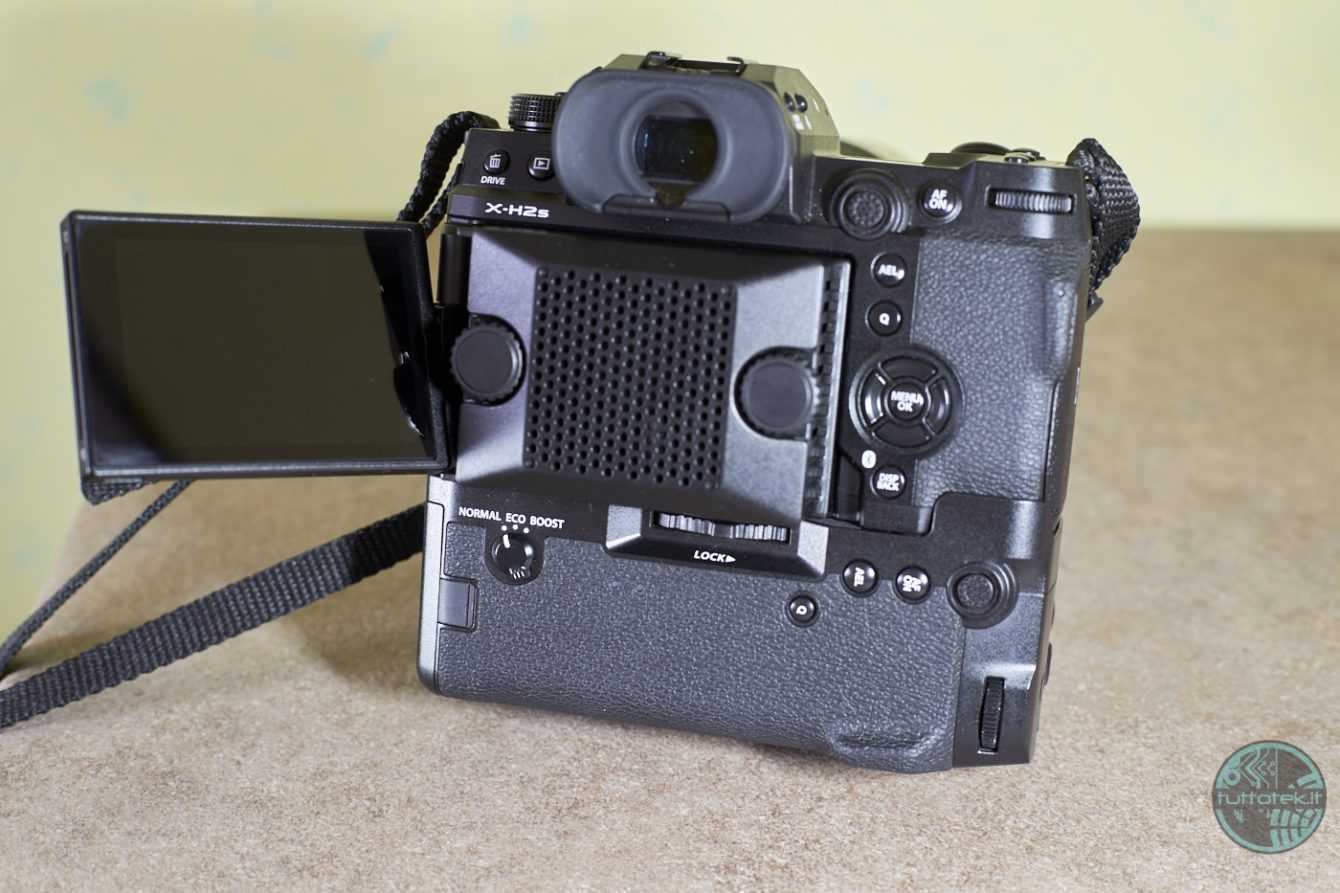
We have available the better than Fujifilm video side technology and the possibility of having no limits thanks to the highly intelligent additional fan. We have decided to show all the detail of this segment in a separate article where we are going to compare the X-H2s with the X-T5. You will find the details here as soon as the article is ready.
IQ Analysis and Field Test | Fujifilm X-H2s review
In this incarnation, the X-Trans sensor offers 26.1 Mpx and aims to improve on the previous generation by becoming stacked and BSI. What is it about? With BSI technology, acronym of Back-Illuminated-Sensor, the “classic” composition of the sensor is reversed, with the circuit located under the photoreceptor thus avoiding reflecting part of the light as instead happens in traditional sensors. The immediate advantage is that all other conditions being equal, the sensor globally manages to significantly reduce light signal losses.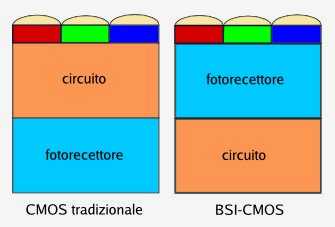
The other peculiarity of this sensor is its composition. In particular, unlike in the past, now the circuitry layer and the one that captures the light are superimposed (and therefore on different layers, hence the term “stacked“) to the advantage of the sensor reading speed and, consequently, of the increase in the frame rate of the photographic shots and of the speed of calculation of the exposure and of the focus whose precision improves above all in video. All this brings this sensor to a new level compared to the past, going to win hands down on the competition from every point of view in the APS-C format. In order to allow you to better evaluate the sensor’s performance in the field, we leave the raws of the shots that we will publish in this review available at this link.
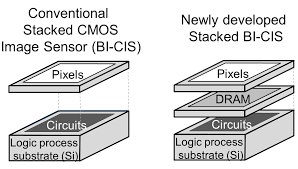
After studying the machine for a few days and becoming familiar with all its functions, we organized our test outings in order to cover those genres that we had not had the opportunity to test during the presentations, focusing on where, in our opinion, they could potentially be found the worst conditions for this body. We therefore concentrated on landscape photography and reportage by exploring what advantages such a reactive body brings to two genres that are mostly static in the collective imagination. Before going into the details of the individual genres, we want to dwell on how we post-produced the shots.
Development with Capture One
For the development of RAW we used thelatest version of Capture One available at the time of writing this review, the 23. We have not carried out an excessively heavy post-production, we have limited ourselves to a very basic use of the potential of Capture One to provide results that can be easily replicated by anyone. With a more careful development of the RAW it will be possible to obtain better results. Precisely for this reason we leave the RAWs of the photos available to you so that each of you can get an idea of the workability of the same. Regarding the development platform, we used the following hardware:
- CPU: AMD 2950X
- RAM: 64gb DDR4
- Motherboard: MSI X399 MEG Creator
- Video card: GTX 1080
- Monitor: Asus Pro Art PA248Q (2 monitor)
- Calibratore monitor: X-rite i1 Display Pro
We point out that Capture One 23 works flawlessly in Fujifilm RAW. The RAFs are always workable, and thanks to the new sensor it will be difficult to find raw materials to be trashed. We underline how, once again, the film simulations really make the difference: an excellent color management job that no competitor is able to match.
Landscape photography
Landscape photography is one of the most demanding genres for the sensor and one of the largest in terms of…






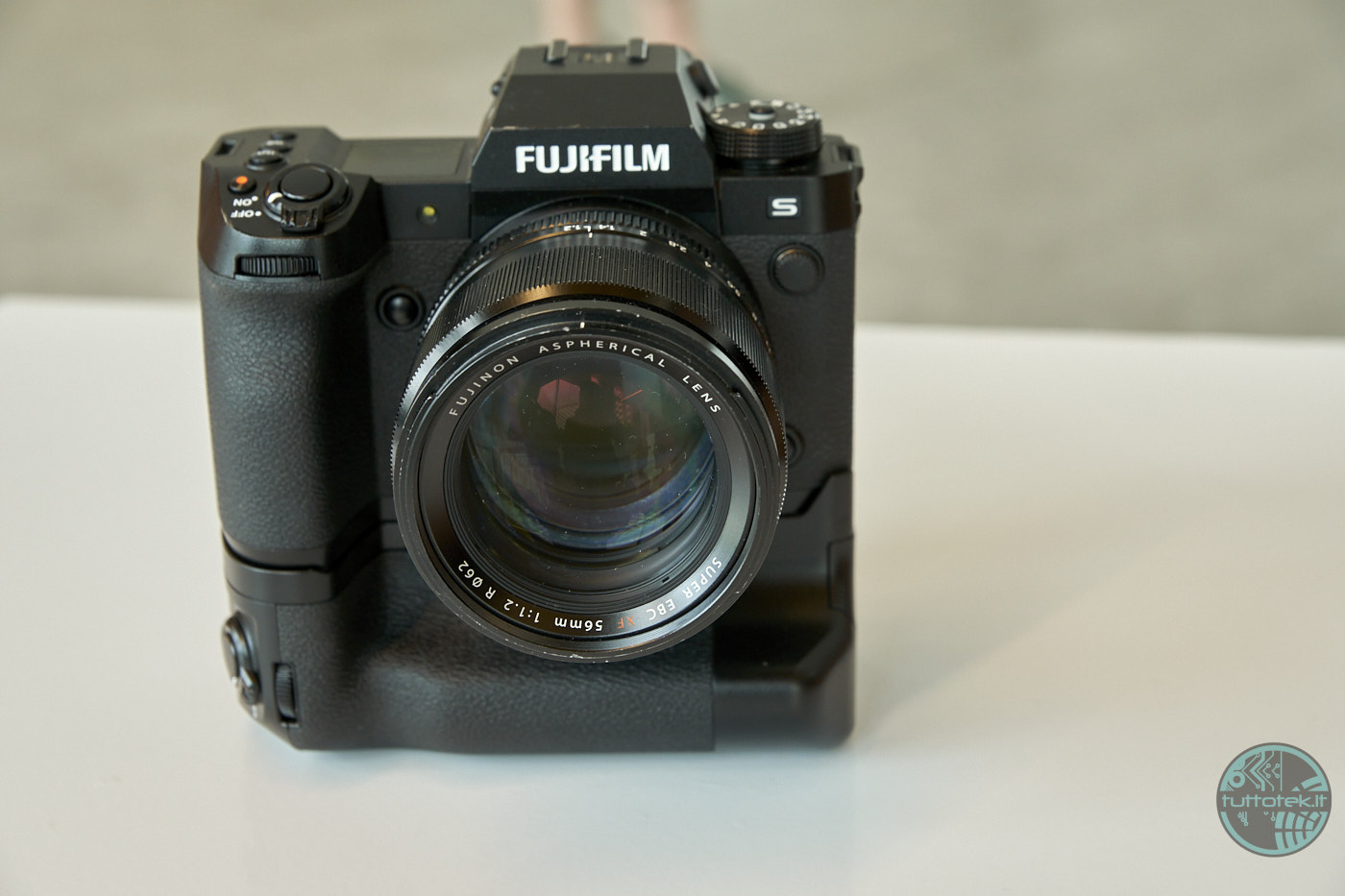









Leave a Reply
View Comments